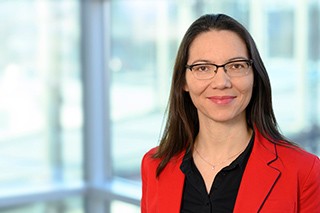International successes for MPEG-H Audio
VIA Licensing, one of the leading administrators of patent pools, announced the establishment of a patent pool for MPEG-H 3D Audio in July of this year. In addition to Fraunhofer, the well-known innovators Dolby, ETRI, Orange, Royal Philips, Sony Group Corp., VoiceAge and WILUS were all founding members. In the following December, Samsung joined the pool. Thanks to the licensing program, providers can now license essential patents for the MPEG-H 3D Audio standard at fair and appropriate conditions. The patent pool makes it much less complicated to integrate MPEG-H Audio into consumer electronics, paving the way for its widespread use.
In the domain of content creation, insights derived from their real-life use went into the production tools published last year. On top of the release of an optimized version of the MPEG-H Authoring Suite (MAS 4.0), the ADM Info Tool was thoroughly revised and republished as the MPEG-H Info Tool (MHIT). In addition, a collaboration with Fraunhofer IDMT produced the Fraunhofer Immersive Panner, which enables users to create 3D audio productions for live applications with conventional production tools. Meanwhile, a collaboration with the company New Audio Technologies from Hamburg resulted in the Spatial Audio Designer (SAD), which permits the complete production of MPEG-H Audio for broadcast, music and live environments.
MPEG-H Audio has also made great progress internationally as a broadcast audio standard. In March, an MPEG-H Audio training center opened in São Paulo, Brazil, where Latin American professionals can familiarize themselves with the technology. In Brazil, the digital TV infrastructure is currently undergoing a comprehensive upgrade. As the first broadcaster in Latin America, Grupo Rede Amazônica is providing a 24/7 MPEG-H Audio service on one of its terrestrial channels using the ISDB-Tb TV 2.5 standard. As the next step toward TV 3.0, the country’s entire TV infrastructure is to be converted from analog to digital by December 2023.
In December, the Brazilian SBTVD Forum completed the technical evaluation phase for the future Brazilian television standard. In this phase, several proposed technologies were compared. In the area of audio coding, the MPEG-H Audio system fulfilled all criteria of this selection process and was therefore chosen as the sole mandatory audio format for the future terrestrial UHD system in Brazil.



